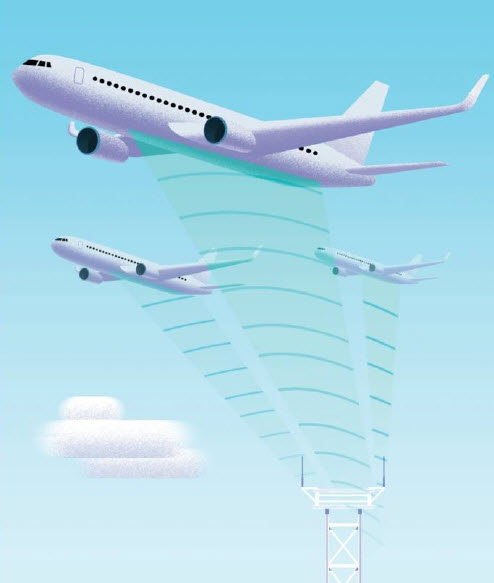Written for the Airline Passenger Experience Association
APEX Experience Magazine – Issue 6.5 – December 2016/January 2016
It’s everywhere, all around and even flowing through us, but we can only sense the tiniest slices of it. Without our understanding of the electromagnetic spectrum, we wouldn’t have mobile phones, television wouldn’t exist, and medical imaging and satellite communications would still be the stuff of science-fiction.
The parts of the spectrum used for communications are tightly regulated and licensed by government agencies to ensure efficient and effective use of the bandwidth. But there’s a chunk of spectrum in the 2.4 GHz band that’s unlicensed, used by everything from microwave ovens to Wi-Fi networks. Using 60 MHz of that band, SmartSky Networks has developed air-to-ground (ATG) technology to provide best-in-class in-flight connectivity, initially over the United States.
“Technically, to make your system work, you have to protect yourself from all the interference out there. And that’s why it’s called ‘dirty’ spectrum, “says Ryan Stone, president, SmartSky. “In essence, our technology cleans up the spectrum and makes it work reliably for aviation.”
SmartSky’s patented 4G technology uses ground-based, phased-array antennas that follow each aircraft with a narrow, electronically steerable beam. With two blade antennas mounted on the bottom of the fuselage, receive equipment, and Wi-Fi in the cabin, the on-board Internet experience will rival what passengers have at home, according to Stone.
“It’s multi-megabits per second, and low latency in both directions. It’s truly delivering the Internet [in-flight] for the first time,” says Stone.
But SmartSky may find itself in a battle of the beams with long-established ATG provider Gogo, which has also targeted the unlicensed 2.4 GHz spectrum to upgrade its existing ATG network. Using similar technology to deliver 100 Mbps speeds over North America, Gogo will leverage its existing infrastructure of over 250 towers to create a next-generation network that’s backwards-compatible with its first-gen service.
With US Federal Communications Commission certification of its equipment completed, SmartSky plans to launch US service in mid-2017, while Gogo’s service is expected to be available in 2018.
